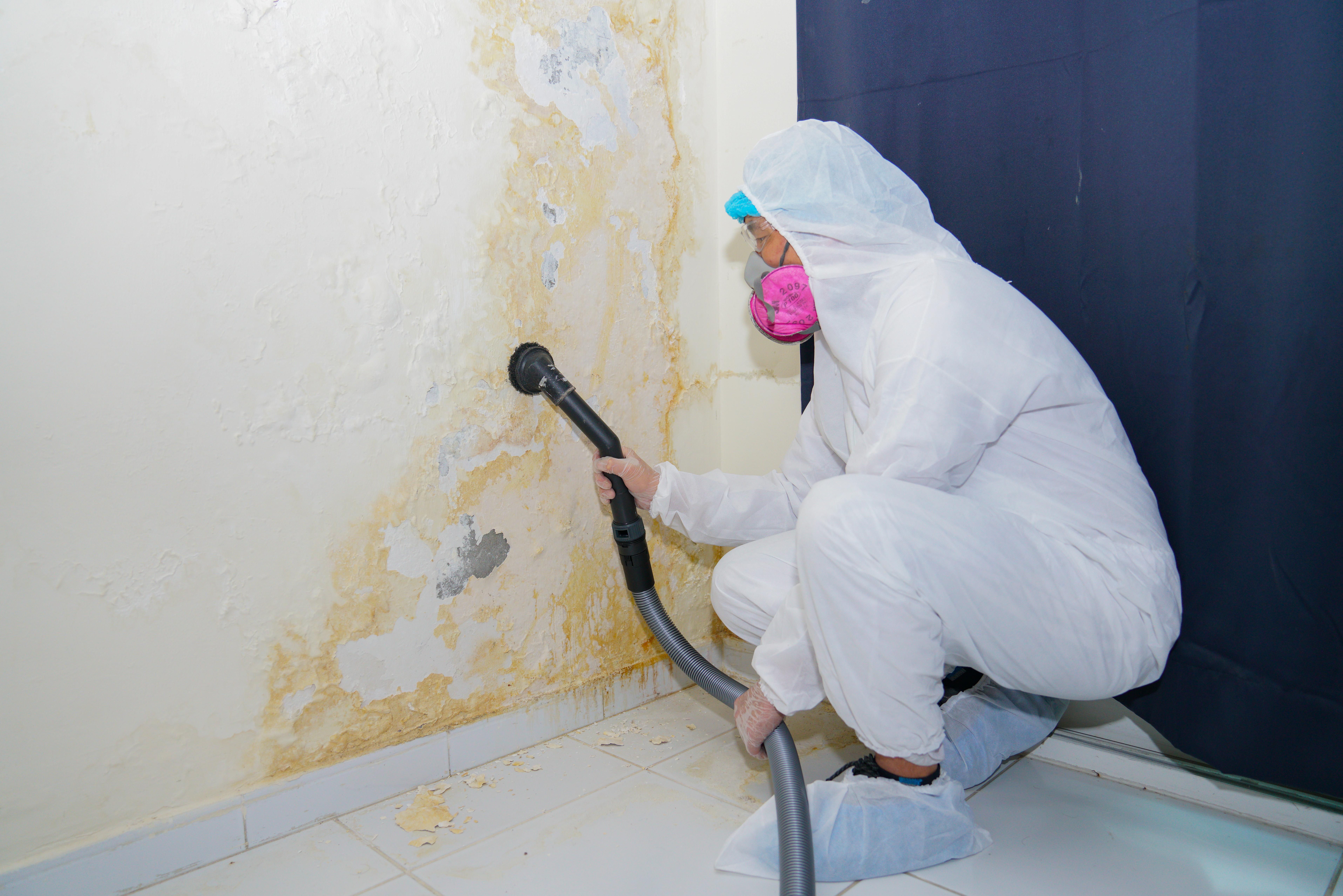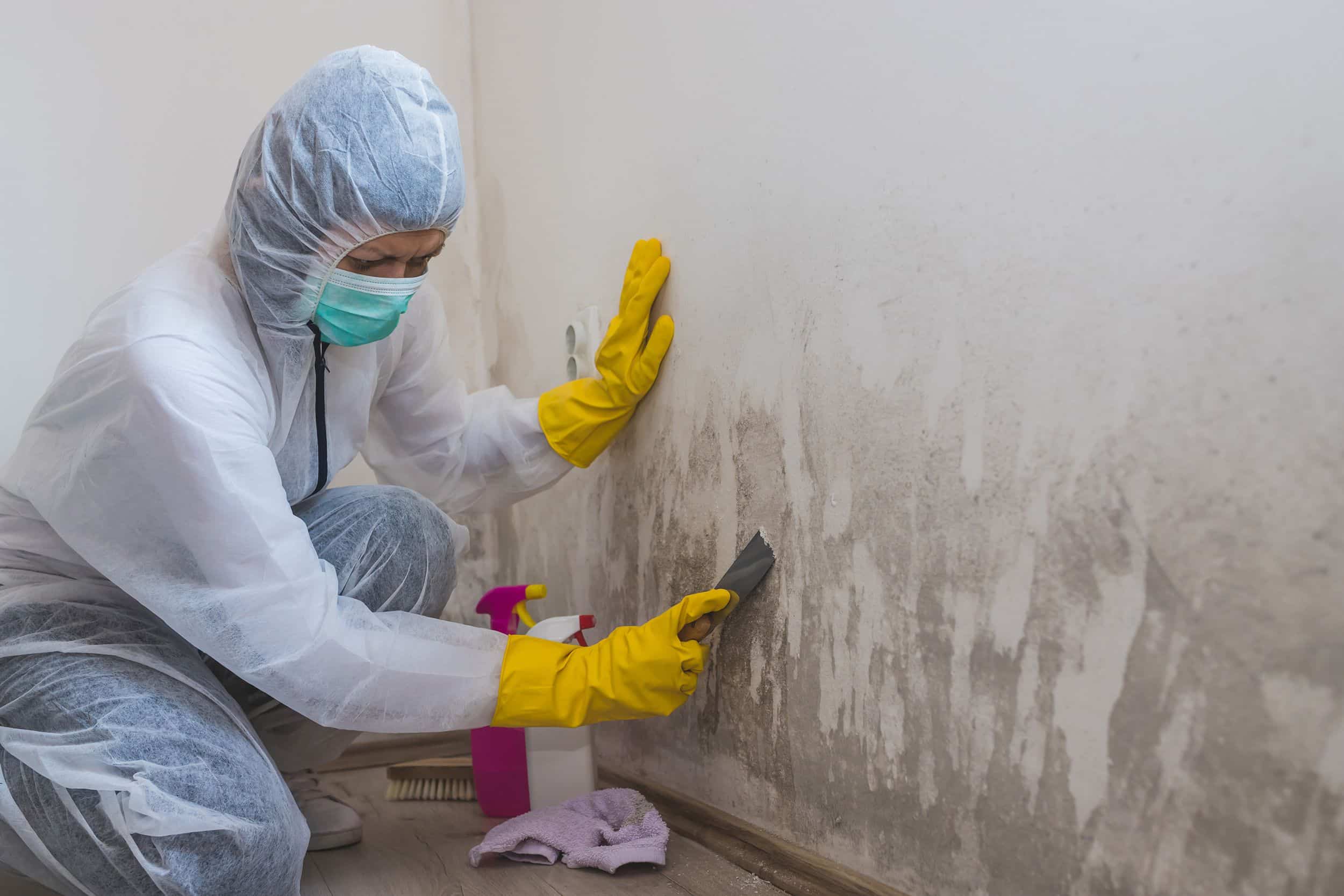Guidance on What to Do After Mold Remediation
Guidance on What to Do After Mold Remediation
Blog Article
Your Ultimate Guide to Blog Post Mold And Mildew Remediation Methods
In the consequences of mold problem, knowing exactly how to successfully eliminate the mold and mildew and stop its reoccurrence is vital for keeping a healthy interior atmosphere. From selecting the appropriate cleaning and sanitizing approaches to executing methods for lasting mold prevention, each step in the remediation trip plays a vital function in guaranteeing a successful result.
Understanding Post-Mold Remediation Process
After completing the mold and mildew removal procedure, it is important to understand the post-mold removal strategies that are required to make sure a detailed and efficient clean-up. As soon as the mold and mildew has actually been gotten rid of, the following step involves cleansing and disinfecting the impacted locations to stop any type of regrowth of mold and mildew. This includes using specialized cleansing representatives to wipe down surfaces and kill any kind of remaining mold spores. It is vital to dry out the area completely to dissuade the growth of mold in the future (Post Remediation verification). Correct air flow and dehumidification can help in this procedure.
In addition, performing a final inspection post-remediation is important to ensure that all mold has been successfully eradicated. If the examination reveals any type of sticking around mold and mildew, extra removal may be necessary.
Reliable Cleansing and Decontaminating Methods

Stopping Future Mold Development

Significance of Appropriate Ventilation
Correct ventilation plays an essential function in avoiding wetness accumulation, an essential variable in mold growth within interior settings. Efficient air flow systems help get pop over to these guys rid of excess moisture from the air, reducing the opportunities of mold spores locating the moisture they need to spread and sprout. Without appropriate air flow, interior rooms can end up being a breeding place for mold, bring about potential wellness dangers and architectural damage.
By making certain proper air flow, ventilation systems can additionally aid in drying damp areas much more rapidly after water damages or flooding incidents, further deterring mold and mildew growth. After mold remediation. Precede like washrooms, kitchen areas, basements, and attics where wetness degrees often tend to be greater, installing and preserving effective air flow systems is important in preventing mold and mildew invasions

Surveillance and Upkeep Tips
Provided the vital role that appropriate air flow plays site in avoiding mold growth, it is important to establish effective monitoring and upkeep suggestions to ensure the ongoing functionality of air flow systems. Routine examinations of ventilation systems should be performed to look for any kind of indications of clogs, leakages, or breakdowns that can impede appropriate air flow. Tracking humidity degrees within the home is likewise critical, as high humidity can add to mold and mildew development. Setting up a hygrometer can assist track humidity levels and alert property owners to any kind of spikes that might require interest. Furthermore, making sure that air filters are regularly cleaned or replaced is vital for preserving the performance of the ventilation system. Applying a routine for routine maintenance jobs, such as duct cleansing and cooling and heating system inspections, can assist prevent issues prior to they escalate. By staying positive and alert to the condition of air flow systems, homeowner can properly reduce the threat of mold and mildew regrowth and preserve a healthy indoor setting.
Conclusion
To conclude, post-mold removal techniques are crucial for making certain a secure and tidy setting. Recognizing the process, applying effective cleaning and disinfecting approaches, preventing future mold development, preserving appropriate ventilation, and normal tracking are all critical actions in the remediation process. By adhering to these standards, you can efficiently eliminate mold and mildew and prevent its return, working or advertising a healthy living area for all owners.
In the after-effects of mold invasion, knowing exactly how to properly eradicate the mold and stop its reoccurrence is paramount for maintaining a healthy indoor atmosphere. As soon as the mold and mildew has been removed, the following action entails cleansing and decontaminating the affected locations to avoid any regrowth of mold - After mold remediation. After removing noticeable mold and mildew growth, it is important to cleanse all surface areas in the damaged area to get rid of any kind of remaining mold and mildew spores. To further improve mold prevention procedures, it is essential to deal with underlying problems that at first led to mold and mildew development.Given the essential role that correct ventilation plays in preventing mold and mildew growth, it is essential to establish efficient surveillance Clicking Here and maintenance pointers to make certain the ongoing functionality of ventilation systems
Report this page